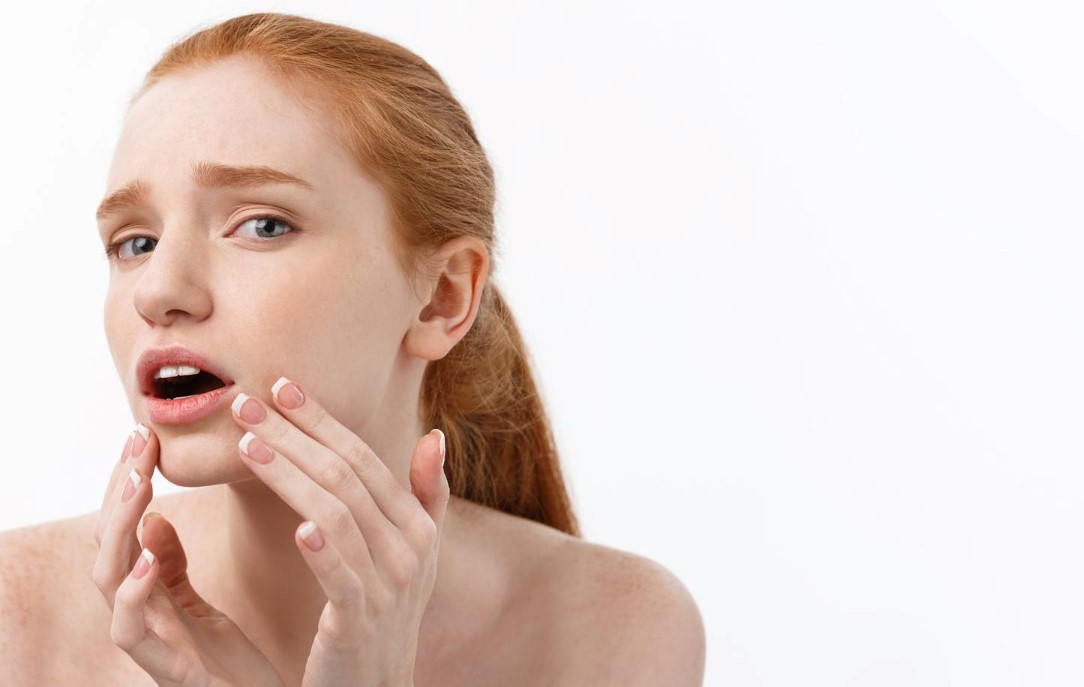Adolescence is the phase of life between childhood and adulthood, from ages 10 to 19. It is a unique stage of human development and an important time for laying the foundations of good health.
Adolescence is a time for growth spurts and puberty changes. Changes in weight and height and the development of secondary sexual characteristics become apparent in adolescents and adults. Changes with puberty (sexual maturation) may happen gradually, or several signs may become visible at the same time.
The most visible sign of changes is the growth spurt. As puberty occurs at different times for everyone, a growth spurt is also very individual and regulated by various genetic and environmental factors. Some external factors can have different influences on boys and girls.
Boys tend to have their growth spurt about two years later than girls. The pubertal growth spurt begins on average at 9-10.0 years for girls and 11-12.0 for boys. However, there is considerable variation between individuals and populations. Growth spurts for boys tend to last longer than for girls.
The intensity and duration of the spurt are, on average, greater for boys than for girls, and this accounts for the average sexual dimorphism of 11-13 cm in height between adult men and women. On average, growth increase during puberty is about 18-23 cm for girls and about 25-30 cm for boys.
Weight gain can cause anxiety for girls. This is part of normal development, as the body will redistribute the fat from the stomach and waist to the breast and hips. Boys fill out with muscle mass long after girls do.
Physical changes may not occur in a smooth, regular schedule. Therefore, adolescents may go through awkward stages in appearance and physical coordination. They are sensitive and worried about their own body changes. They may make painful comparisons about themselves with their peers. In some cases, this can lead to the development of anxiety, depression, and eating behavior.
Hope this helps!
Best regards,
Marina Melkumova, MD, Adolescent Doctor and Adolescent Health Program Coordinator




